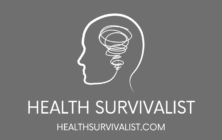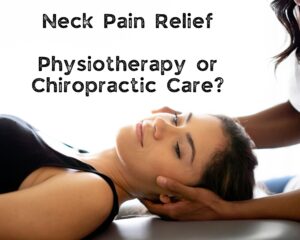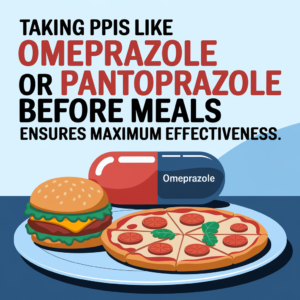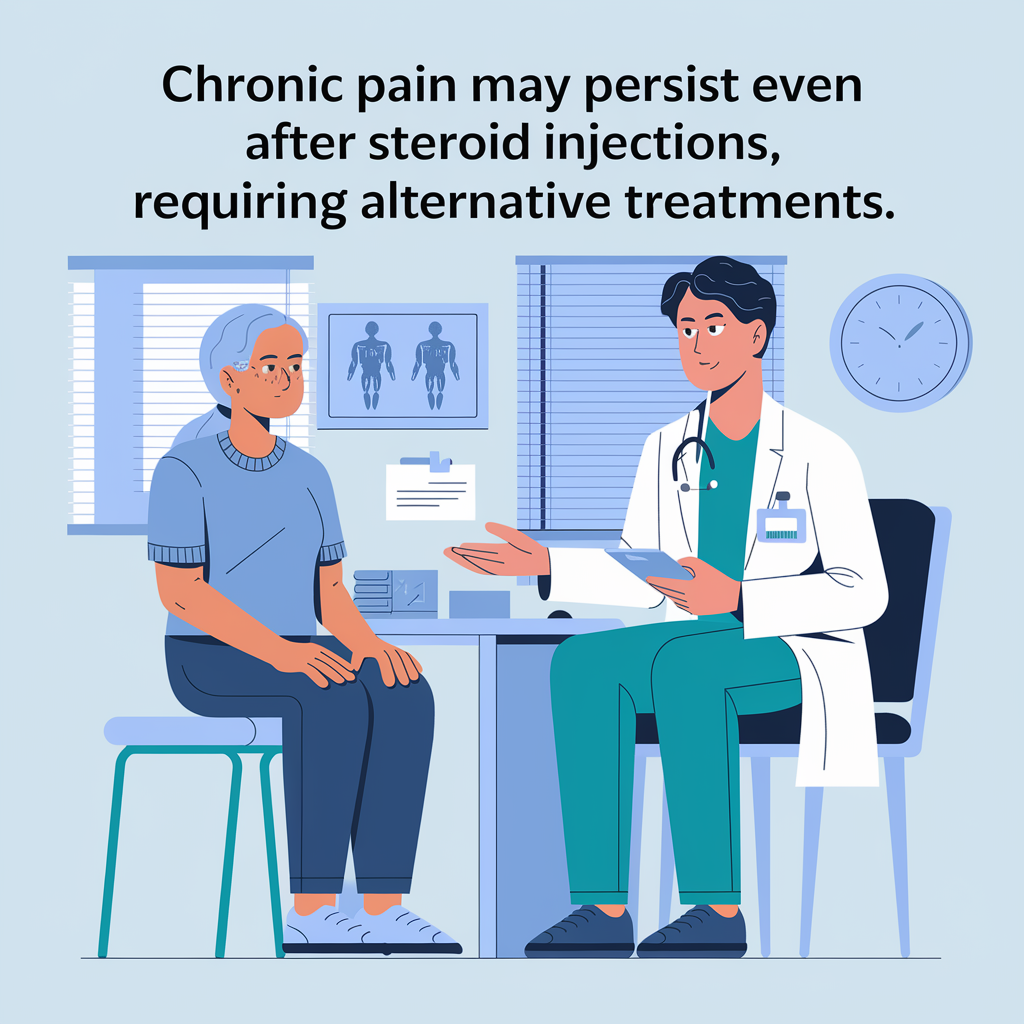
Pain is an enigma. It’s subjective, deeply personal, and everyone’s experience with it is unique. For many suffering from chronic pain, especially in the neck and shoulder regions, steroid trigger point injections are often recommended as a potential treatment. But what happens when they don’t deliver the anticipated relief?
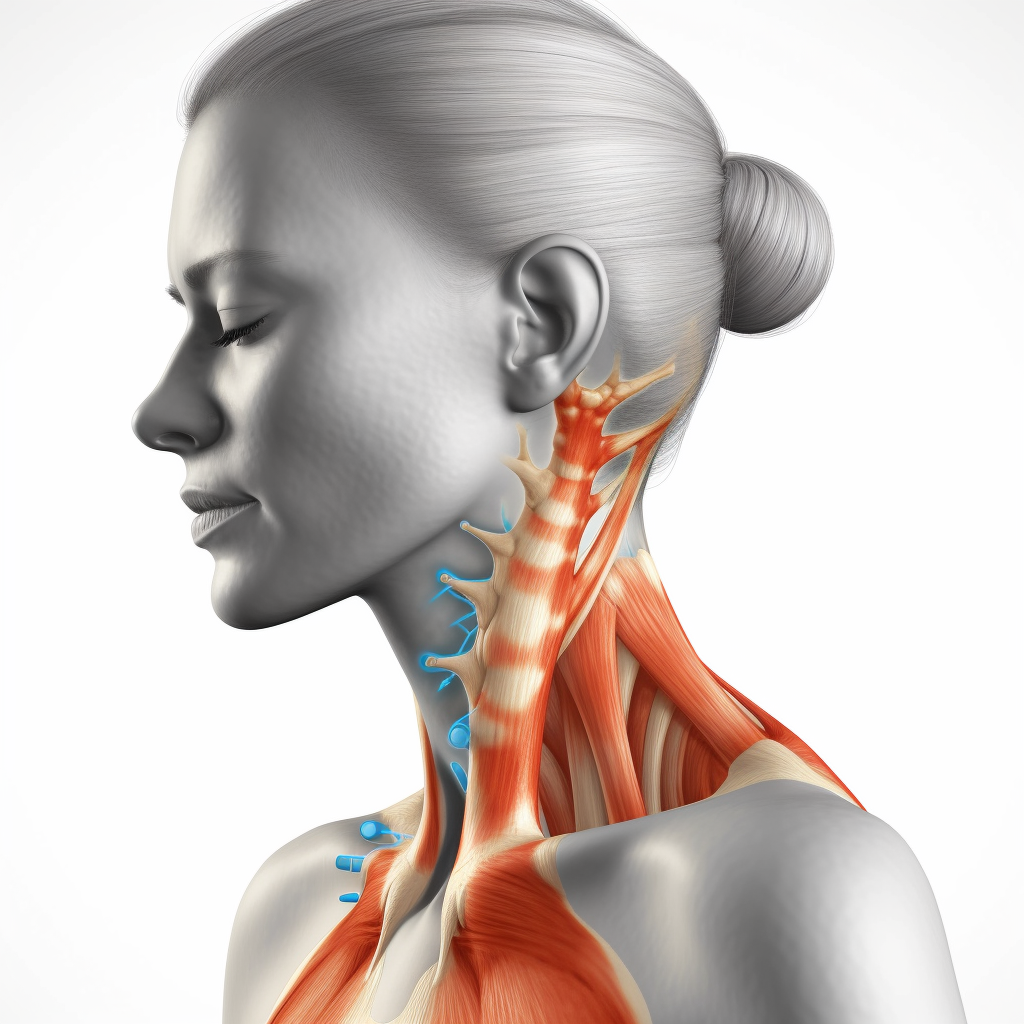
Understanding Steroid Trigger Point Injections
Before delving into personal experiences, it’s important to understand the basics. Trigger points are essentially tight spots in muscle tissue that can cause pain over a large area. Steroid injections are meant to reduce inflammation in these trigger points, theoretically providing relief.
Expectations vs. Reality
Like many others, I approached the treatment with hope. The concept is straightforward: receive the injections, experience reduced inflammation, and feel better. However, four injections later, in the transition area from my neck to my shoulder, there was no noticeable difference.
Possible Reasons for Ineffectiveness
There’s no one-size-fits-all answer to why steroid injections might not work for everyone, but several factors can play a role:
- Misdiagnosis: It’s possible that the primary source of pain wasn’t accurately identified. While the trigger points could be a factor, they might not be the main culprits.
- Individual Variation: Every body is unique. Some people might metabolize steroids faster, reducing their effectiveness.
- Severity of Condition: In cases where there’s severe inflammation or muscle tightness, a single round of injections might not be sufficient.
- Psychological Factors: Chronic pain is complex and can have both physical and psychological components. Even if the physical issue is addressed, if the psychological aspect remains unresolved, the pain might persist.
Navigating Disappointment
Feeling let down after a treatment that promised relief is natural. It’s a mix of disappointment, frustration, and the overarching weight of chronic pain. If you’ve experienced this, know you’re not alone.
What’s Next?
While the steroid trigger point injections didn’t provide the hoped-for relief, it’s essential to keep communication lines open with medical professionals. It might be worth exploring:
- Alternative treatments: Physical therapy, acupuncture, or massage therapy might offer relief.
- A second opinion: Another doctor might have a different perspective or additional insights.
- Mental health support: Chronic pain can take a toll on mental well-being. Seeking support through therapy or counseling can be beneficial.
In the end, the journey to find relief from chronic pain is personal and ongoing. While one treatment might not provide the anticipated results, with persistence and the right support, finding an effective solution is possible.
As an Amazon Associate we earn from qualifying purchases through some links in our articles.
